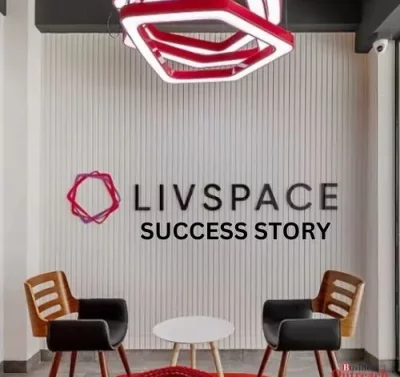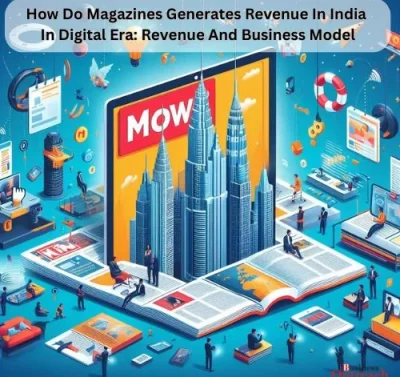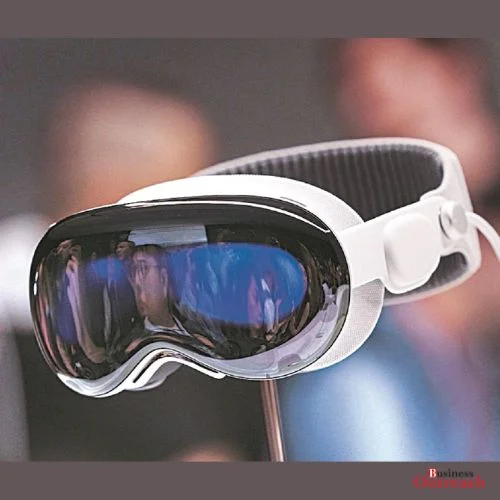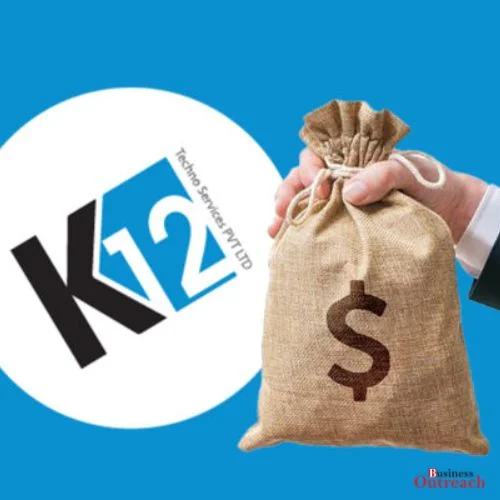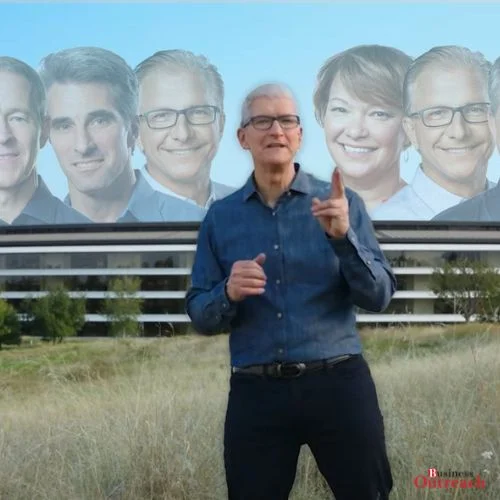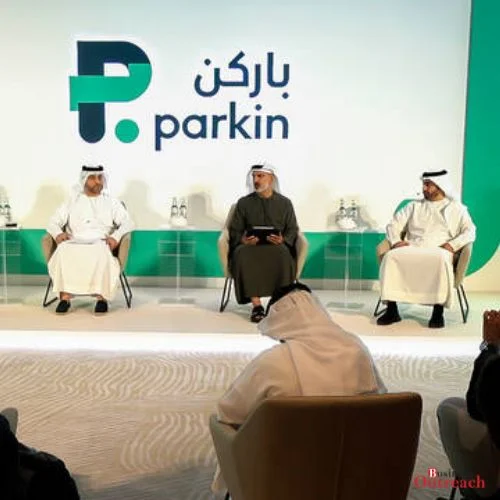On Friday, Ashwini Vaishnaw, the Union Minister of Railways, posted pictures of India’s first bullet train station in Ahmedabad on social media.
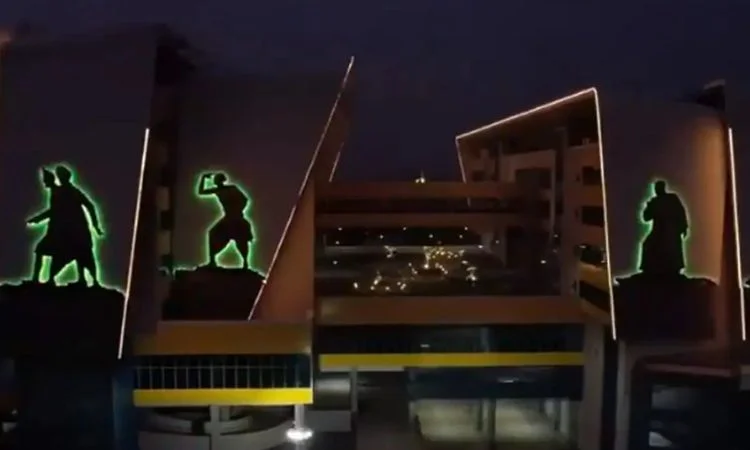
On Friday, Ashwini Vaishnaw, the Union Minister of Railways, posted pictures of India’s first bullet train station—the Sabarmati Multimodal Transport Hub in Ahmedabad—on social media.
Building of India’s first modern High Speed Rail (HSR) route, which will connect Ahmedabad and Mumbai, is currently underway. The mammoth project, which spans 508 km and connects two significant financial hubs in West India, would be divided into 448 km of elevated, 26 km of tunnels, 10 km of bridges, and 7 km of embankments.
The south side of Ahmedabad’s bullet train station features a massive stainless steel mural that portrays the historical Dandi march, also known as the Salt Satyagraha, which was Mahatma Gandhi’s nonviolent fight against the British.
The hub building, which will have a total area of roughly 1,33,000 square meters, is being built as a dual structure with space set aside for passenger retail stores, offices, and commercial development.
The Bandra Kurla Complex (BKC) Station is a crucial part of the Mumbai-Ahmedabad High-Speed Rail (HSR) line. The National High-Speed Rail Corporation (NHRCL) stated last month that it has completed roughly 15% of the civil construction for the station. The NHRCL plans to complete the station in its entirety by 2027.
The BKC station, which will be the only subterranean stop along the high-speed rail track, has six platforms built especially for 16-coach bullet trains. Thirty-two meters is the depth of the substantial excavation needed for the station.
The 4.8 hectares of land under construction are intended for the platform, which will be situated about 24 meters below the surface. The platform, concourse, and service floor will make up the station’s three storeys.
The highest number of workers needed each day during peak hours is believed to be as high as 6,000.
The Japanese government is providing financial and technical support for the train project. The project, with a maximum design speed of 350 km/h, is anticipated to connect the two major cities in roughly 2.07 hours.
The proposal features a 508 KM long double line with a tunnel and underwater. The project was expected to cost approximately Rs. 1,08,000 crore, of which 81% would be financed by a Japanese soft loan with an annual interest rate of 0.1% and a 50-year payback plan that included a 15-year grace period.
It is operated under the functional and technical direction of Shinkansen Technology, a company with over 50 years of proven track record and reputation for dependability and safety. The government plans to build six additional High Speed Rail (HSR) lines in the near future.
Varanasi – Delhi
Ahmedabad – Delhi
Nagpur – Mumbai
Hyderabad – Mumbai
Mysore – Chennai
Delhi – Amritsar.






